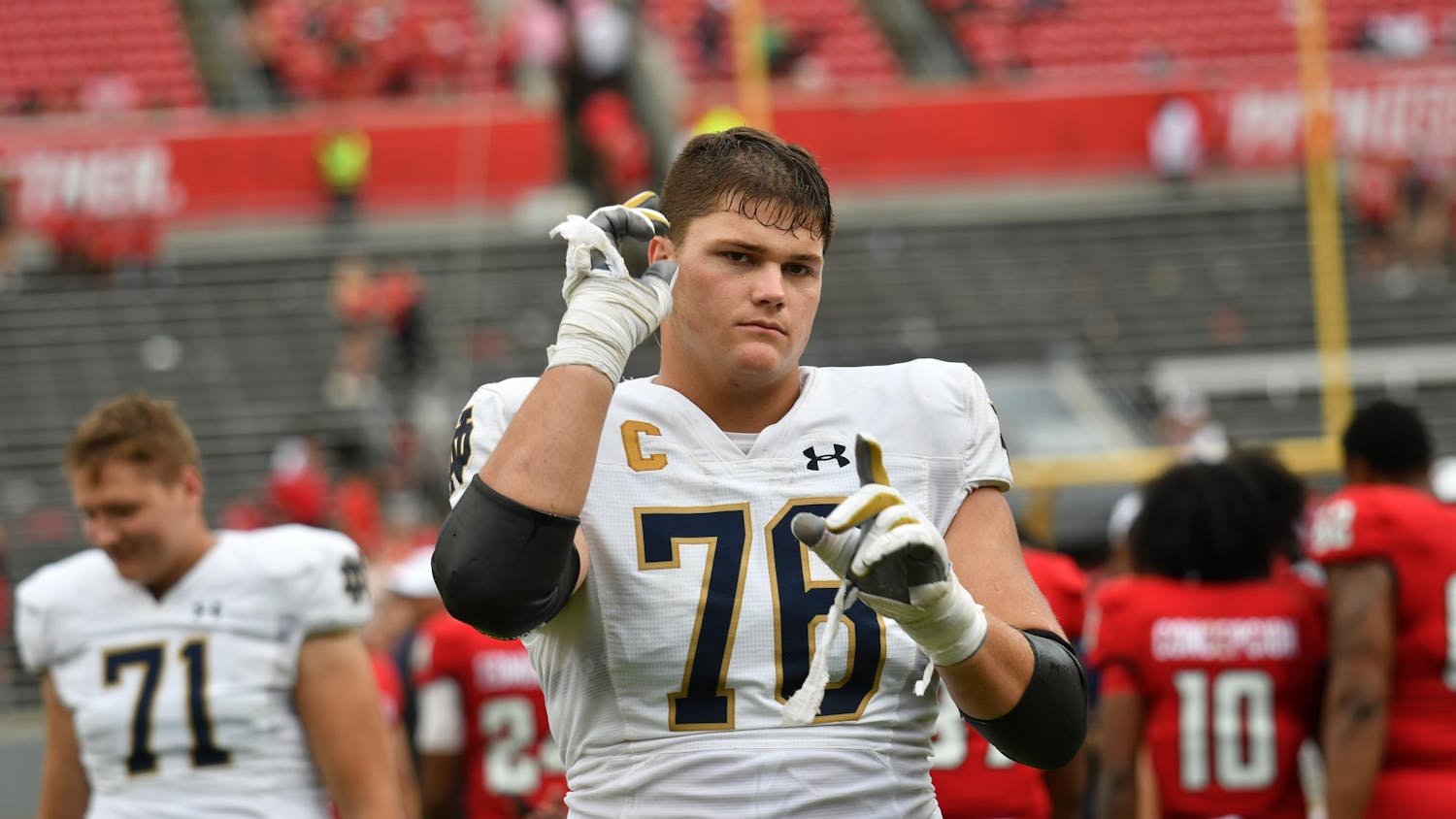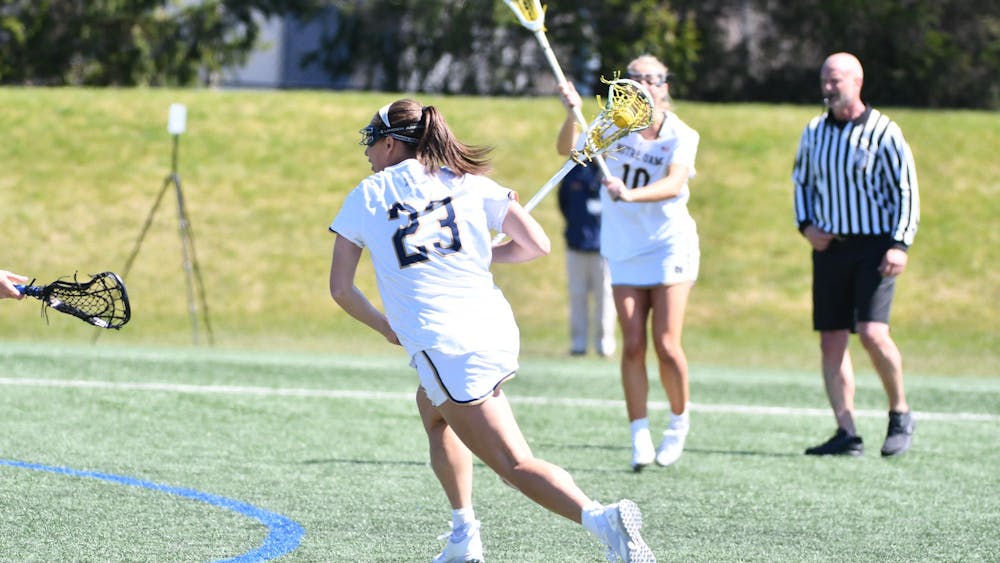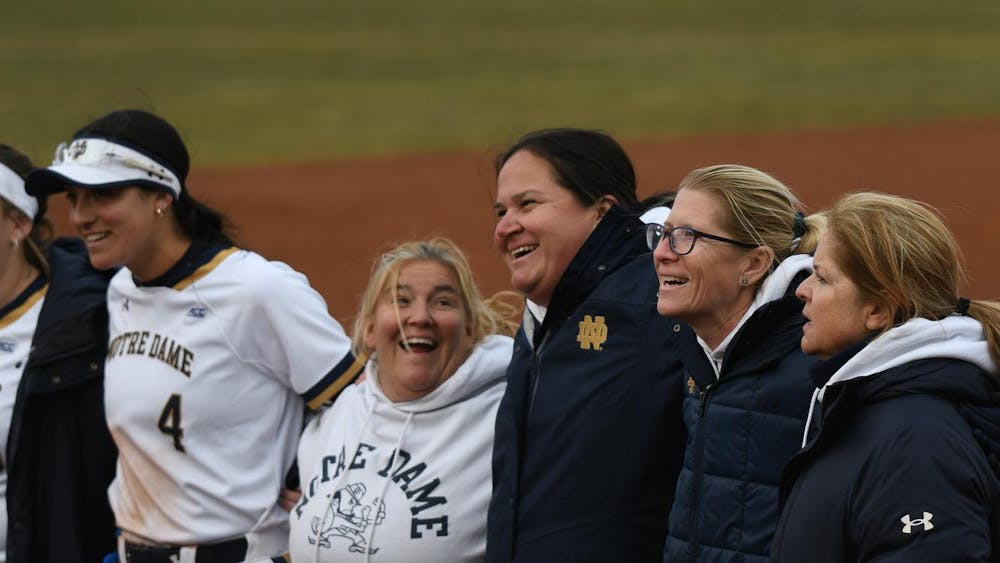On Tuesday, it was reported that the Chicago Blackhawks will be allowed to place right winger Marian Hossa on the long-term injured reserve list (LTIR) for the entire 2017-18 NHL season. This means that Hossa’s salary cap hit of $5.275 million won’t count towards the Blackhawks’ salary cap list.
In short, now the Hawks will have around $5.275 million more in cap space to add players whose contracts fit below that number. This ends a long summer of speculation that the NHL wouldn’t allow the Blackhawks to do this, given the convenience of Hossa’s possible career-ending skin condition worsening and the Hawks’ current cap situation, in which they have little money to add players. If none of you are following what I’m saying, let’s rewind and start from the beginning. Back on June 21, it was announced that Blackhawks right winger and future first-ballot Hall of Famer Marian Hossa will miss the upcoming 2017-18 NHL season because of a progressive skin disorder that he has been dealing with the last few seasons. The side effects from the medication he has been taking to combat the disorder have progressed to pain severe enough that Hossa and the team decided he needed to take a year off (and possibly longer) to receive treatment. The news was shocking in the hockey world because of the randomness and severity of Hossa’s skin disorder. And to some NHL executives and media personalities, it felt more than a little fishy. So fishy, it turns out, that some NHL executives actually complained to the league that the Hawks were trying to circumvent the cap and place the aging Hossa on the LTIR list to free up cap space to sign younger and more effective players. Hossa, 38, has four years left on his current 12-year, $63 million contract he signed with the Blackhawks back in 2009. The contract is set to expire in 2021 when Hossa will be 42 years old. The contract was signed during a time when many teams signed players to long-term contracts like this one as a way to circumvent the NHL’s salary cap system. By signing a player to a contract like this, teams can keep the player for a long period of time and not have that players yearly cap number, or average annual value, to be too high. There was nothing about this that was against the rules until the 2012 NHL Lockout. To end the lockout, a new collective bargaining agreement was agreed upon between the owners and players. Part of the new collective bargaining agreement (CBA) was to limit the term of contracts to a maximum of eight years and include penalties against teams if a player retires before their long term contract expires by having that players cap hit count against the team’s overall cap, even though they no longer play for the team. Teams have found a way to avoid these penalties by placing players that fit this description on the LTIR list, where a player’s cap hit doesn’t count against the teams overall cap. Teams can even trade the contracts and cap hits of players no longer active in the NHL to teams who need to reach the salary cap floor, or the minimum overall salary number teams are required to reach. Injured or retired players such as Chris Pronger, Dave Bolland and Pavel Datsyuk have been traded to other teams after their careers in the NHL ended because those teams wanted to use their salaries and contracts to get above the cap floor. If this all of this sounds really weird or messed up, it is, which is why the NHL has to make some major rule changes in regards to this topic when they negotiate the next CBA, but let’s hold off on that topic right now. Right now, NHL teams were worried the Hawks were going to do something like this to try and circumvent the cap by exaggerating the severity of Hossa’s condition and putting his contract off the books to add younger players to help them compete for another Stanley Cup. These teams complained to the NHL, and the NHL conducted their own medical review of Hossa, and that review revealed that Hossa’s condition was as bad as the Hawks reported and Hossa cannot play this season. The NHL needs to fix these confusing rules about cap penalties and the status of injured and inactive players by not allowing teams to trade non-active players and getting rid of these ridiculous cap recapture punishments altogether. But in the meantime, people should care about Hossa’s actual health more than the status of his contract. These rules have created an environment where all people have talked about since his diagnosis is: “How is this going to affect the Hawks?” The question should be: “How is this going to affect Hossa and his everyday life?" This is a future first ballot Hall of Famer who has scored 1,134 career points in 1,309 career games and has improved whichever team he has played for. He has also earned a great reputation off the ice and is known as one of the most respected players in the league. Even with his rise in age, Hossa not playing will hurt the Blackhawks more than help them. His fore-checking and back-checking abilities, along with his powerful shot, aren’t things many other players can imitate. He’s had an outstanding career, and it doesn’t deserve to end like this. Our thoughts should be on his well-being, not his contract.












